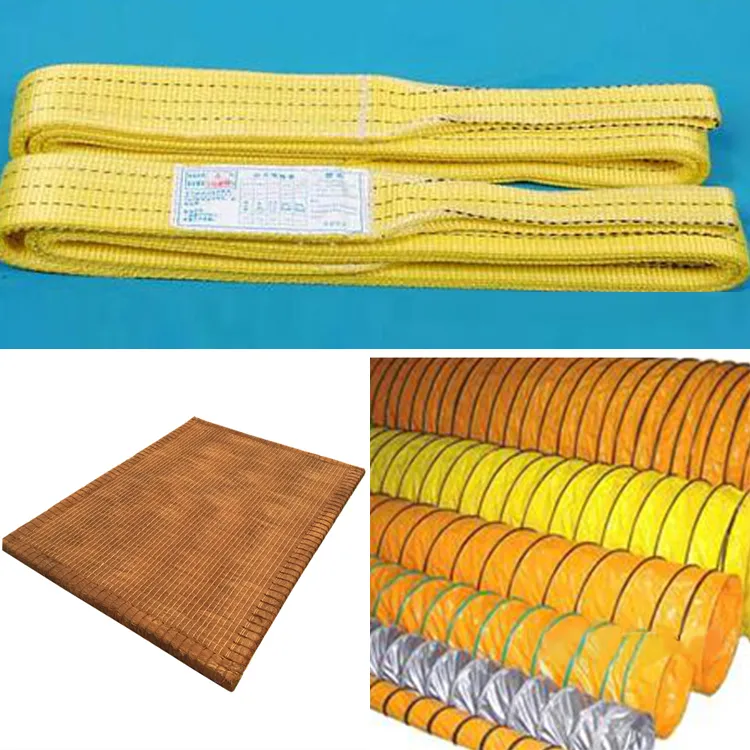single needle top stitch
The Art and Technique of Single Needle Top Stitching
Single needle top stitching is a widely appreciated technique in the world of sewing and garment construction. This method not only enhances the aesthetic appeal of items but also contributes to their durability and overall structure. The use of a single needle for top stitching offers a sleek, professional finish that is often sought after by both hobbyists and seasoned professionals in the sewing community.
At its core, single needle top stitching involves using a single needle sewing machine to create parallel lines of stitching on the fabric. This technique contrasts with double needle stitching, which uses two needles simultaneously, creating a distinct look suitable for specific applications. The simplicity of the single needle approach allows for greater control and precision, making it an ideal choice for intricate designs or when working with delicate materials.
One of the most notable benefits of single needle top stitching is its versatility. It can be applied to a variety of fabrics, ranging from light cottons to heavier materials like denim or canvas. This flexibility makes it a favored technique for a wide array of garments, including shirts, pants, jackets, and bags. Moreover, single needle top stitching can be used to reinforce seams, add decorative elements, or finish off edges. The ability to customize each piece while maintaining structural integrity is a significant advantage for designers and sewists alike.
To achieve the best results with single needle top stitching, attention to detail is crucial. Choosing the right thread is a fundamental step in the process. Generally, heavier threads, such as topstitching thread, are preferred for their strength and visibility. In contrast, lighter threads may be used for more subtle accents. Additionally, selecting the appropriate needle size is essential; a larger needle (often a size 90/14 or 100/16) is typically recommended to accommodate the thicker thread without causing damage to the fabric.
single needle top stitch

When setting up the sewing machine for single needle top stitching, it’s essential to adjust the tension to ensure even stitching. The stitch length should also be considered; longer stitches (around 3.5mm to 4mm) are common, as they create an attractive aesthetic while still providing adequate strength. Practicing on scrap fabric can help identify the best settings for your particular project and ensure a polished final product.
The placement of stitching is another critical factor in achieving a professional finish. When applying single needle top stitching, it can be useful to mark guidelines on the fabric using fabric chalk or a fabric marker, especially on straight seams or curved edges. A walking foot or a teflon foot can also be used to prevent the fabric from slipping, yielding even and consistent stitches throughout the sewing process.
Beyond the technical aspects, single needle top stitching truly shines in its ability to elevate a garment's design. It allows for the embellishment of seams, creating visual interest and a polished appearance that signifies quality craftsmanship. For example, a simple pair of jeans can transform into a high-end piece with the addition of well-placed top stitches along pockets or along the yoke. This technique not only beautifies but also serves practical functions, such as preventing fabric from fraying and adding stiffness to specific areas.
In conclusion, single needle top stitching is a fundamental technique in sewing that combines artistry with functionality. Its versatility, aesthetic appeal, and ability to reinforce seams make it an invaluable skill for anyone interested in garment construction. Whether you are a beginner looking to expand your sewing repertoire or a seasoned designer aiming to perfect your craft, mastering single needle top stitching can significantly enhance your projects and bring a professional touch to your creations. As you explore the world of sewing, remember that attention to detail and practice are key to unlocking the full potential of this timeless technique.
-
Boost Production Efficiency with a Pattern Sewing MachineNewsAug.29,2025
-
Industrial Excellence with the Best Heavy Duty Sewing MachineNewsAug.29,2025
-
Precision and Power with the Best Pattern Sewing MachineNewsAug.29,2025
-
Reliable Bulk Packaging Starts With the Right FIBC Sewing MachineNewsAug.29,2025
-
Advanced Packaging Solutions: Elevate Productivity with Jumbo Bag Sewing Machine and Industrial Stitching EquipmentNewsAug.29,2025
-
High-Performance Solutions for Bulk Packaging: FIBC Sewing Machine and MoreNewsAug.29,2025
-
Maximize Efficiency with an Industrial Cylinder Arm Sewing MachineNewsAug.28,2025


























